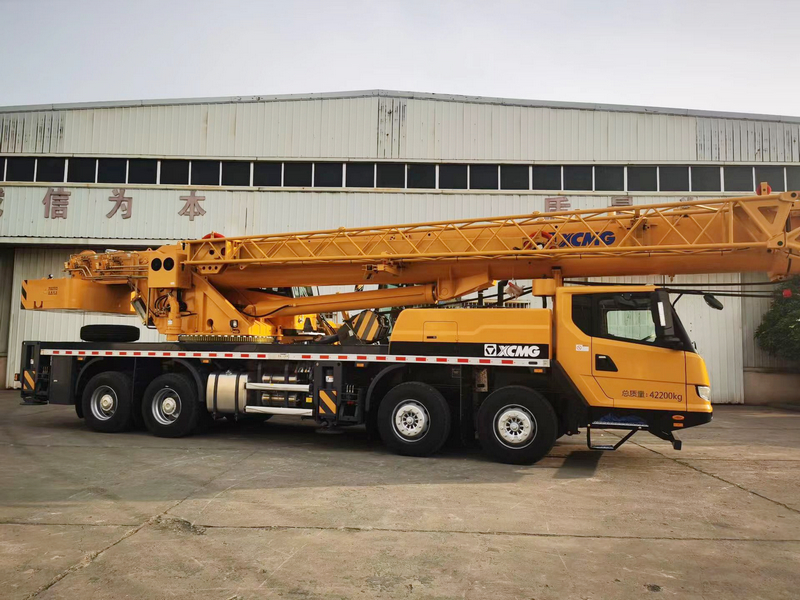As a highly specialized skill, the core
operational requirements of lifting can be succinctly summed up as “steady,
accurate and fast”, behind which the operator's long-term unremitting practice
and accumulation of experience are united. For operators who are new to this
field, in addition to technical refinement, strict adherence to the safety
guidelines for lifting operations is a crucial first step. These key principles
are described in detail below:

Every crane has a clearly defined rated
lifting capacity, and any operation that exceeds this limit is extremely
dangerous. This must be strictly observed by the operator, who must never
attempt to turn off or bypass the safety limiter for lifting, even in the face
of an emergency.
Never lift blindly when the weight of the
load, the command signal or the light conditions of the working environment are
not clear. Ensuring that all information is accurate is a prerequisite for
safeguarding operational safety.
The tie-downs of slings and attachments must
be firm and reliable and conform to the safety standards. For materials that
are easy to scatter or have special shapes, additional fixing measures should
be taken, such as using special containers, to prevent falling and injuring
people.
Prohibited in the traveling crane hanging
heavy objects at the same time processing operations, so as to avoid accidents
caused by heavy swaying or operating errors.
Slanting pulling heavy objects not only
increases the difficulty of operation, but also easy to lead to heavy objects
out of control, triggered by collision injuries. Ensure that the lifting
process to maintain vertical or near-vertical state, oblique pull angle should
be strictly controlled within the safety range (usually no more than 5
degrees).
Absolutely prohibited in the heavy object on
the standing people or placed any form of manned platform, in order to protect
the safety of personnel.
For flammable and explosive goods, it is
necessary to use a special basket or container for lifting to prevent
accidents.
For objects with angles, before lifting must
be properly padded to prevent direct contact between the angles and the wire
rope caused by wear and tear or even breakage.
For heavy objects buried in the ground, you
need to take the first digging and other necessary measures to confirm that its
surrounding no other facilities involved and stable, before lifting operations.
In the encounter of more than six winds,
rainstorms and other inclement weather, should immediately stop lifting
operations, and take effective measures to fix the equipment, cut off the power
supply, to ensure the safety of equipment.

In short, the safety of lifting operations is
no small matter, every detail is related to the safety of personnel and
equipment. Primary operators should remember the principle of “ten not
lifting”, and constantly improve their professional skills and safety
awareness, to contribute to the safe and efficient lifting operations.